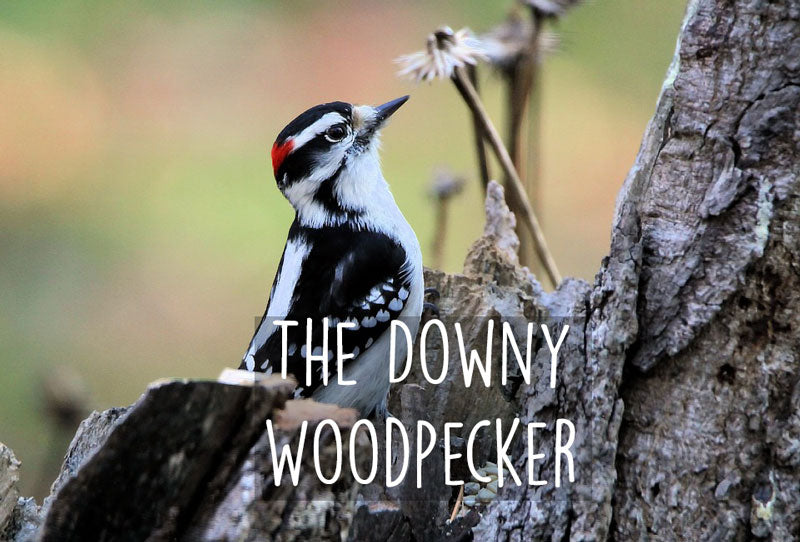Offer
Provide additional details about the offer you're running.
Provide additional details about the offer you're running.
Provide additional details about the offer you're running.

We’ve been chatting about woodpeckers all winter long and the conversation continues this week as we dive into one of our favourite woodpeckers, the downy woodpecker.
Officially the smallest woodpecker in North America, these pint-sized birds are easy to attract and wonderful to have around the yard during all seasons of the year. In fact, they are the most likely of the woodpecker species to visit your feeder given their strong population numbers across the country.
With that in mind, here are a few tips on how to find them and how to identify them both physically and by ear.
Where to Find the Downy Woodpecker
Widespread would best describe these small woodpeckers here in North America. They can be found from coast-coast throughout most of Canada and the United States during all seasons of the year.
These birds love open woodlands but are also quite at home in man-made habitats such as open orchards, parks, suburbs and backyards.
Identification
As we stated above, these are the most miniature versions of woodpeckers found here in North America and very much resemble their distant cousins, the hairy woodpecker. Often confused for one another, these two birds do share a number of similarities.
The downy’s bill is straight as an arrow and their overall stature is stout in nature and can sometimes make their bill appear smaller for the bird’s size than in other woodpeckers.
Their colouring is checkered black upperparts with white on the wings and a broad stripe down the centre of the bird’s back. Their heads are striped as well and the males are easily denoted by the small red patch down the centre of their heads.
Vocals
When it comes to vocalization, these birds (like many woodpeckers) can be multifaceted. Their calls vary from short chips and piks, often derived from excitement. Their longer, whinnying call made by both sexes can last up to two seconds and starts with a series of hoarse but high-pitched noted that eventually descend towards the end.
Additionally, much like many other woodpeckers, both sexes will drum on trees to claim territories and attract potential mating partners.
High Quality Blend